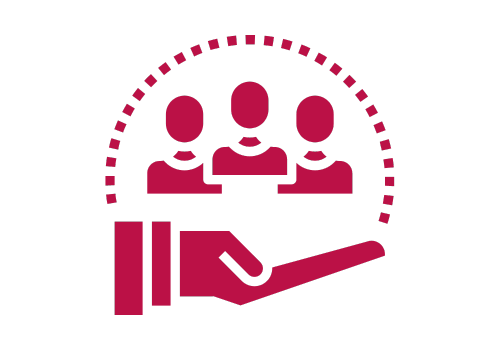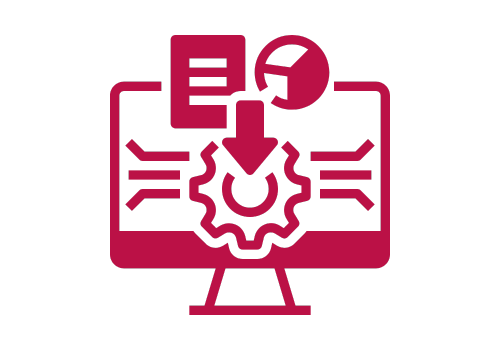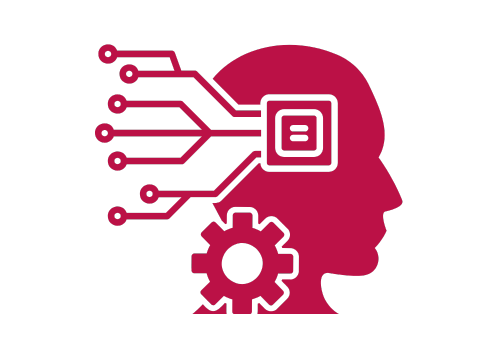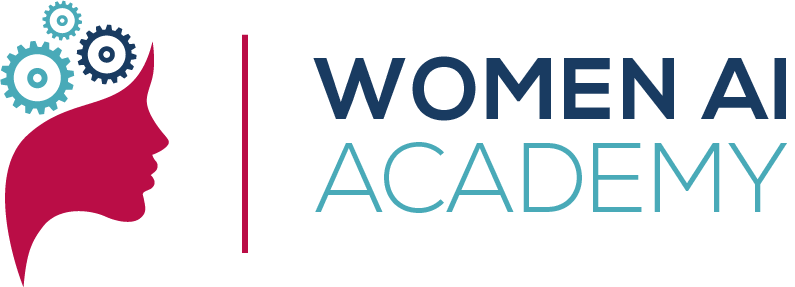Data Analytics with Python
Your Path to Becoming a Data Analytics Pro
Why This Training?
Data is the currency of the modern world, and Python has emerged as the lingua franca for data analytics. Whether you're new to the field or looking to enhance your skills, this course is tailored to impart the essence of data analytics using Python – one of the most versatile and widely-used languages in the world.
Duration: 30 Hours (online / virtual live session)

Who Should Attend?
Aspiring data scientists, data analysts, Python enthusiasts, and anyone intrigued by the realm of data and insights.

Course Breakdown
Diving Into Python & Its Data Powerhouse: Witness Python's evolution and why it's the go-to language for data enthusiasts.
Setting the Stage: From installation to Jupyter Notebook setup, ensure you're well-equipped for the journey.
Setting the Stage: From installation to Jupyter Notebook setup, ensure you're well-equipped for the journey.
See more
Python 101 for Analysts: Brush up on foundational Python concepts and discover the art of writing Pythonic code.
Mastering Pandas: Grasp the capabilities of Pandas for data wrangling, cleaning, and transformation.
Mastering Pandas: Grasp the capabilities of Pandas for data wrangling, cleaning, and transformation.
Art of Visualization: Explore the world of Matplotlib & Seaborn, crafting compelling visuals that narrate data stories.
Diving Deeper: Unravel advanced analytics techniques from time series analysis to a primer on machine learning.
Coding Like a Pro: Unearth best practices, optimization techniques, and the magic of debugging in Python.
Bringing It All Together: Conclude with a real-world case study, applying your newfound knowledge, followed by an interactive Q&A.

Pre-requisites
Basic Programming Knowledge: Familiarity with any programming language is beneficial.
Zeal to Learn: An inquisitive mind ready to explore the vast world of data.
Zeal to Learn: An inquisitive mind ready to explore the vast world of data.
Training Materials Needed
Computer/Laptop
With Python (version 3.x) installed.
Internet Connection
For downloading necessary libraries and datasets.
Jupyter Notebook
For interactive data analysis (instruction on setup provided in the course).
Text Editor
Any text editor for scripting (e.g., Visual Studio Code, Atom).
Sample Datasets
To be provided by the trainers or downloadable via provided links.
Python Libraries
Pandas, Matplotlib, Seaborn, and a few others. Instructions on installation will be given.
Write your awesome label here.
Training Content
Data Analytics with Python
1. Introduction to Python & Data Analytics
Objective: Set the context and highlight the significance of Python in data analytics.
- Brief history and rise of Python in data analytics.
- Advantages of Python: Libraries, community, versatility.
2. Setting up the Python Environment
Objective: Ensure participants have the necessary tools installed and ready.
2.1. Installing Python and Pip
- Python versions and compatibility.
2.2. Virtual Environments
- Why use virtual environments? Introduction to venv and conda.
2.3. Jupyter Notebook & Lab
- Setting up and basics of Jupyter for interactive data analysis.
3. Python Basics for Data Analytics
Objective: Refresh or introduce Python's foundational concepts.
3.1. Data Types and Variables
- Strings, numbers, lists, dictionaries, tuples.
3.2. Control Structures
- Loops, conditionals, and functions.
3.3. Pythonic Code & List Comprehensions
- Writing efficient and readable Python code.
4. Data Manipulation with Pandas
Objective: Delve into the primary library for data analysis in Python.
4.1. Introduction to Pandas
- DataFrames and Series.
4.2. Reading and Writing Data
- CSV, Excel, SQL databases.
4.3. Data Cleaning and Transformation
- Handling missing values, merging datasets, filtering, and aggregation.
5. Data Visualization with Matplotlib and Seaborn
Objective: Visualize data effectively to gain insights.
5.1. Basics of Matplotlib
- Line plots, scatter plots, bar charts, histograms.
5.2. Advanced Visualization with Seaborn
- Heatmaps, pair plots, and more.
5.3. Customizing and Storing Visuals
- Modifying axes, titles, legends, and saving plots.
6. Advanced Data Analytics Techniques
Objective: Introduce advanced analytical techniques and tools in Python.
6.1. Time Series Analysis
- Handling dates, time resampling, and rolling statistics.
6.2. Text Analytics
- Basics of text processing using libraries like NLTK or TextBlob.
6.3. Basic Introduction to Machine Learning
- Train/test split, basic regression and classification using scikit-learn.
7. Best Practices and Debugging
Objective: Offer insights on effective coding and problem-solving in Python.
7.1. Writing Efficient Code
- Code profiling and optimization techniques.
7.2. Debugging Common Errors
- Using IDEs or tools like pdb for debugging.
8. Conclusion, Case Study & Q&A Session
Objective: Apply learned concepts in a real-world scenario and address queries.
- Guided case study: A hands-on project encapsulating the training's core concepts.
- Recap and highlight avenues for further exploration in Python-based data analytics.
- Engaging in Q&A.
WOMEN AI ACADEMY
Women AI Academy is a gender-equality and technology driven learning & development organization
Site Terms & Info
ETHOS AI Training & Consulting GmbH
Weihenstephanerstr.1281673
Munich-Germany
We are driven by the vision of making AI both ethical and accessible to everyone
Copyright © 2024 Brought to you by Ethos ai AI Training & Consultancy GmbH
Ali Hessami is currently the Director of R&D and Innovation at Vega Systems, London, UK. He has an extensive track record in systems assurance and safety, security, sustainability, knowledge assessment/management methodologies. He has a background in the design and development of advanced control systems for business and safety-critical industrial applications.
Hessami represents the UK on the European Committee for Electrotechnical Standardization (CENELEC) & International Electrotechnical Commission (IEC) – safety systems, hardware & software standards committees. He was appointed by CENELEC as convener of several Working Groups for review of EN50128 Safety-Critical Software Standard and update and restructuring of the software, hardware, and system safety standards in CENELEC.
Ali is also a member of Cyber Security Standardisation SGA16, SG24, and WG26 Groups and started and chairs the IEEE Special Interest Group in Humanitarian Technologies and the Systems Council Chapters in the UK and Ireland Section. In 2017 Ali joined the IEEE Standards Association (SA), initially as a committee member for the new landmark IEEE 7000 standard focused on “Addressing Ethical Concerns in System Design.” He was subsequently appointed as the Technical Editor and later the Chair of P7000 working group. In November 2018, he was appointed as the VC and Process Architect of the IEEE’s global Ethics Certification Programme for Autonomous & Intelligent Systems (ECPAIS).
Trish advises and trains organisations internationally on Responsible AI (AI/data ethics, policy, governance), and Corporate Digital Responsibility.
Patricia has 20 years’ experience as a lawyer in data, technology and regulatory/government affairs and is a registered Solicitor in England and Wales, and the Republic of Ireland. She has authored and edited several works on law and regulation, policy, ethics, and AI.
She is an expert advisor on the Ethics Committee to the UK’s Digital Catapult Machine Intelligence Garage working with AI startups, is a Maestro (a title only given to 3 people in the world) and expert advisor “Maestro” on the IEEE’s CertifAIEd (previously known as ECPAIS) ethical certification panel, sits on IEEE’s P7003 (algorithmic bias)/P2247.4 (adaptive instructional systems)/P7010.1 (AI and ESG/UN SDGS) standards programmes, is a ForHumanity Fellow working on Independent Audit of AI Systems, is Chair of the Society for Computers and Law, and is a non-exec director on the Board of iTechlaw and on the Board of Women Leading in AI. Until 2021, Patricia was on the RSA’s online harms advisory panel, whose work contributed to the UK’s Online Safety Bill.
Trish is also a linguist and speaks fluently English, French, and German.
In 2021, Patricia was listed on the 100 Brilliant Women in AI Ethics™ and named on Computer Weekly’s longlist as one of the Most Influential Women in UK Technology in 2021.

